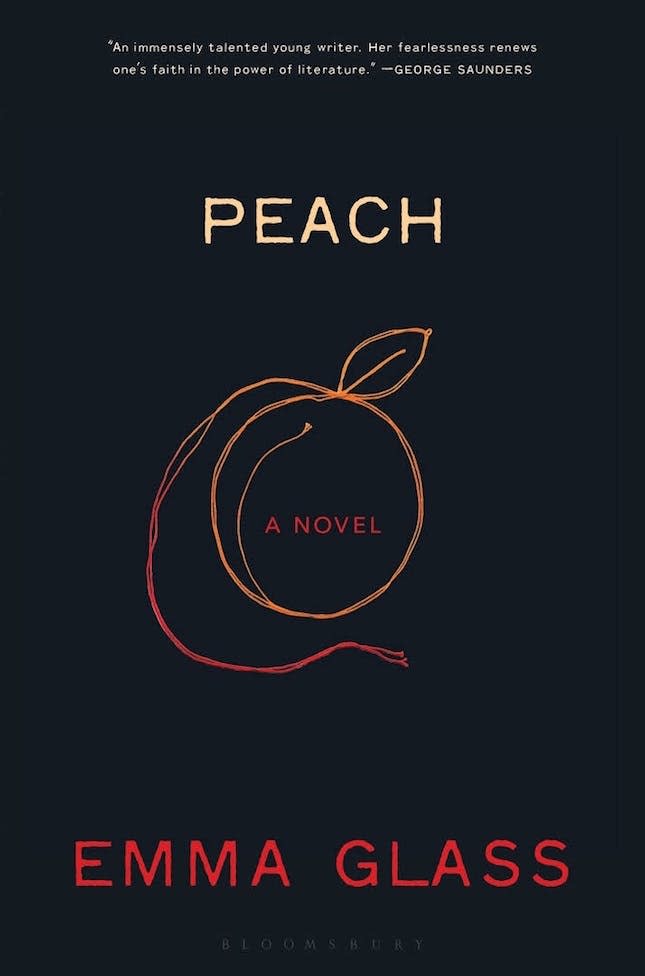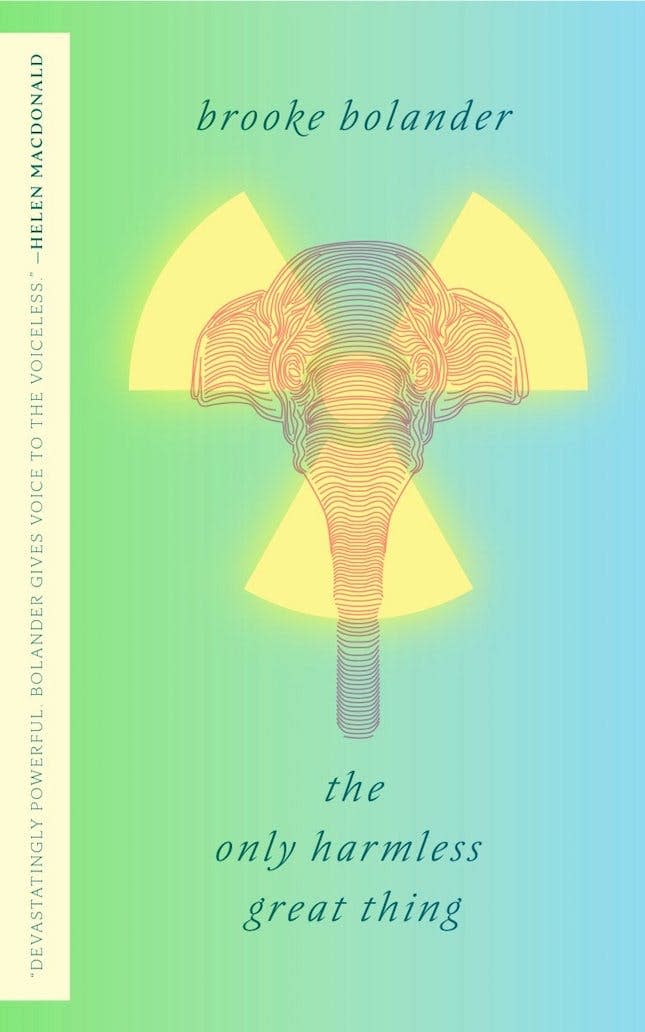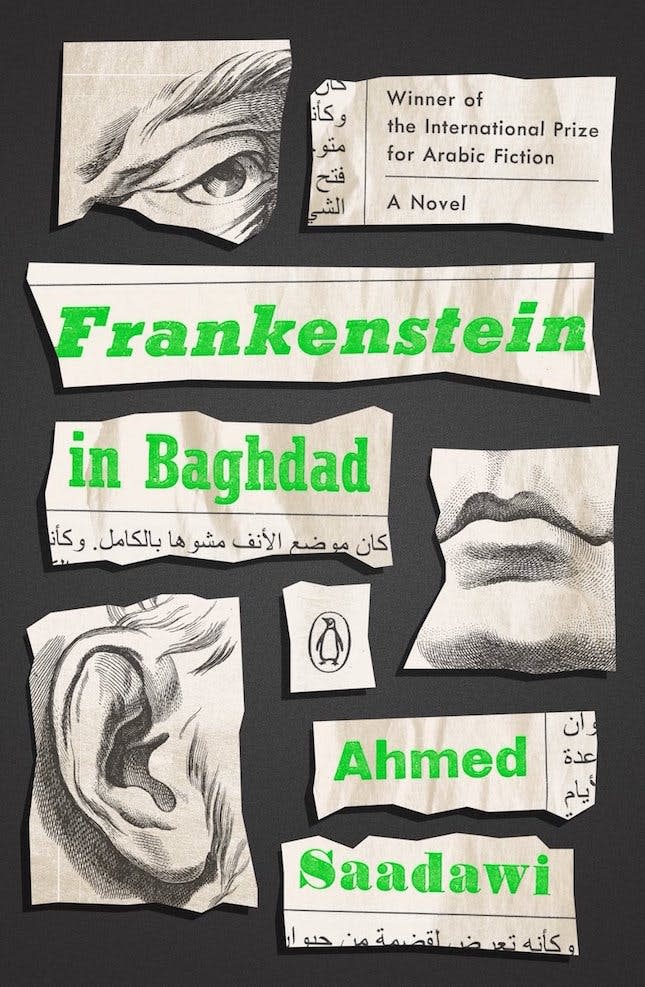3 New and Satisfying Books About Revenge
Revenge is a dish perhaps best served cold, but these novels are blazing hot. It might not be the best option most of the time, and it can sometimes go very wrong, but it can certainly be extremely satisfying. If your favorite movie is Kill Bill, or if you’re just looking for an afternoon spent righting some serious wrongs, these new books might be for you. Sit back with this week’s book club and read about people (and creatures) who take back what’s theirs.
1. Peach by Emma Glass ($18): Glass’ stream-of-consciousness poetic novel began as a creative writing project as an undergrad and was finished years later, when its unique style caught a publisher’s eye. In it, College student Peach has been attacked and left bleeding and disoriented. She finds emptiness and horror not only in the violation, but also in the fact that nobody seems to believe or acknowledge what has happened; not her parents or even her otherwise devoted boyfriend. Thoughts of the attack and its perpetrator begin to encroach more and more on her daily life; Peach has difficulty eating, focusing, being. Her anguish is mirrored in the short, choppy, rhythmic sentences:
“Bloodletting. Let in blood. I’d give you mine but I’ve lost a lot too. I think back to Mr. Custard’s class on blood components, I try to remember how long the human body takes to regenerate blood cells. I shut my eyes and see black and red and white spots and soon I’m zooming off on a red spot, a red cell, an erythrocyte, sailing, surfing on a red sea. Circling the pool. Skimming the shore, reaching with my arms stretched wide, touching the sides. Transparent. Apparently a plastic bag. Thick plastic. I steady myself on the cell, not losing speed. I suck my last breath in. Shut my eyes and. Sink. Into the thick. Viscous. Smooth. Like paint, like oil. Smells like metal in the rain. I sink, I slip through. Feet first and belly tucked to be thin. Through the tube, for inches, for minutes. Slip and drip. And drip. And drip. Through the skinny plastic straw penetrating your skin. Into your vein. I see my red-cell friend through to the end.”
Eventually, Peach decides that she has no other option to end her pain than to seek revenge. She hopes it will end the body dysmorphia she’s experiencing, as well as an unsettling tendency to see the people around her, such as her baby brother or her science teacher, as specific food items waiting to be consumed. Deeply unsettling and almost hallucinatory, Peach promises a unique reading experience.
2. The Only Harmless Great Thing by Brooke Bollander (11): Bollander’s alternative history combines two stories: that of the Radium Girls, Newark factory workers in the early 1900s who died of radiation poisoning; and the murder of Topsy, a former circus elephant publicized as a killer and put to death by electrocution. In Bollander’s version, Regan is a member of the Radium Girls who, upon discovering her condition, reaches out to a sentient elephant to teach the elephant how to perform Regan’s job.
The events are described in contemporary news reports and in poetry, by Topsy herself, and by a female narrator from the future named Kat: “Kat grew up, as most American children did, associating elephants with the dangers of radiation. Every kid over the past hundred years had watched and rewatched Disney’s bowdlerized animated version of the Topsy Tragedy (the ending where Topsy realizes revenge is Never The Right Option and agrees to keep painting those watch dials For The War Effort still makes Kat roll her eyes hard enough to sprain an optic nerve) a million times, and when you got older there were entire middle school history lectures devoted to the Radium Elephant trials. Scratchy newsreel footage the color of sand, always replaying the same moment, the same ghostly elephant leader eighty-five years dead signing the shapes for ‘We feel’ to the court-appointed translator with a trunk blorping in and out of focus.”
The Only Harmless Great Thing examines the intersection between the rights of several downtrodden groups (women, workers, animals), and imagines a world that could eventually let go of the vigorous cruelty so familiar to many.
3. Frankenstein in Baghdad by Ahmed Saadawi, translated by Jonathan Wright ($16): “The explosion took place two minutes after Elishva, the old woman known as Umm Daniel, or Daniel’s mother, boarded the bus. Everyone on the bus turned around to see what had happened. They watched in shock as a ball of smoke rose, dark and black, beyond the crowds, from the car park near Tayaran Square in the center of Baghdad. Young people raced to the scene of the explosion, and cars collided with each other or into the median. The drivers were frightened and confused: they were assaulted by the sound of car horns and of people screaming and shouting.” Winner of the International Prize for Arabic Fiction and France’s Grand Prize for Fantasy, Sadawi’s novel is a horrifying update of Mary Shelley’s creature feature.
Hadi is the new Frankenstein; a scavenger on the bombed-out streets of Baghdad, he scavenges not only life’s necessities, but also the symbols of death. Going to collect his assistant Nahem’s body from the scene of a car bombing, Hadi finds body parts strewn without dignity or care, and sews them together. It’s not his intention to create a monster; Hadi’s goal is to force the government and the US occupiers to recognize that these parts were once human beings. If he stitches together ersatz but recognizable people out of them, perhaps someone will deign to give them a proper burial.
Unfortunately, this noble goal instead sets off a terrifying turn of events, as the cobbled-together body goes missing, and suddenly more bodies are found in the streets, murdered. A young man’s spirit has taken root in this collection of parts, and replaces each of its parts as they rot. First seeking vengeance on criminals, it soon broadens the definition to include anyone that serves its purpose. A bleak allegory, the book reminds us that, while revenge can be satisfying, if taken to its logical unending pattern it will leave none of us unscathed.
Which books are best at serving up some justice? Tag us in your next table-turning read @BritandCo.
Brit + Co may at times use affiliate links to promote products sold by others, but always offers genuine editorial recommendations.





